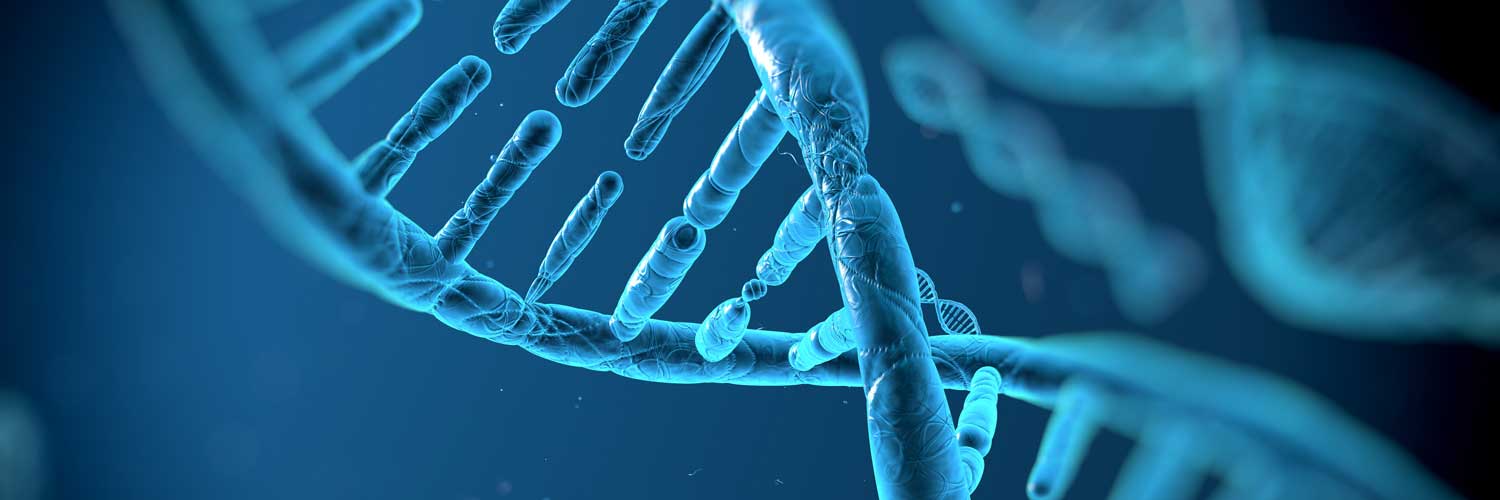Key points
- Infertility is defined as the inability to conceive after 12 months of regular, unprotected sex in couples with the female under age 35, and 6 months of failure with a woman 35 or older.
- In the United States 12% to 15% of couples are unable to conceive in one year; about 30% of people with infertility do not seek treatment.
- Infertility is a disease that can be caused by various issues such as hormone imbalances in reproductive systems, abnormal physical structure, genetic factors prohibiting conception or live birth, and lifestyle practices.
- The most common conditions resulting in infertility are ovulation disorders for women and poor sperm health in men.

At Ember, everyone is a VIP – very important patient
And we have a thing for the small things: Each Ember patient gets a dedicated fertility coordinator, a patient’s personal care guide through every clinic detail, from the very first phone call to meeting your little miracle. Schedule your appointment today using our online self-scheduling tool.
What is infertility?
According to the American Society for Reproductive Medicine (ASRM), infertility is the inability to conceive a child or carry it through to birth after 12 months of relatively frequent, unprotected sex. When a woman is over the age of 35, the time frame changes to after 6 months of trying.
Individuals or couples who meet this criteria should seek evaluation by a fertility specialist, also known as a reproductive endocrinologist. However, some people should seek an earlier evaluation indicated by advanced age, physical findings or their medical history.
According to the National Institutes of Health, 12%-15% of couples in the U.S. are unable to conceive after one year of trying. About 9% of men and 11% of women of reproductive age experience this disease. Not being able to conceive is usually the result of either male infertility (about a third of cases), female infertility (a third), or a combination of male and female causes.
Infertility can develop from a disease or functional problem of the female or male reproductive tracts that can prevent conception in three ways:
- Inability to conceive an embryo.
- Failure of an embryo to implant in the uterus for pregnancy.
- A pregnancy not going to term or resulting in a live birth.
Our providers use a variety of tests to diagnose the specific cause or causes of failure to conceive, which informs the individualized treatment plan. In about 20% of cases our fertility specialist isn’t able to identify the exact reason for infertility, resulting in a diagnosis of unexplained infertility, which is still treatable.
What are the causes of infertility?
The causes are irregularities of the function or structure of the reproductive system in males, females or both. Certain conditions can be responsible for this reproductive malfunction in men and women. Factors that can increase the possibility of men and women being infertile include:
- Imbalance of the hormones affecting reproduction.
- Genetic abnormalities.
- Structural anomalies.
- Older age.
- Lifestyle causes.
- Surgeries or other medical treatments.
- Prior injuries.

Infertility by the numbers
- 1 in 5 U.S. women of reproductive age with no prior births experience infertility.
- 1 in 4 women have impaired fecundity, meaning difficulty getting pregnant or carrying a pregnancy to term.
- In 40% of couples, the man is the sole cause of infertility or a contributing factor.
- 25% of couples have more than one factor contributing to their inability to conceive.
- We treat 85%-90% of infertility cases with conventional medical therapies such as medication or surgery.
Infertility in women
The most common cause of female infertility, in about 40% of cases, is due to issues with ovulation, the monthly release of a mature egg. Indications that an ovulation disorder is present include absent or irregular menstrual periods.
Certain conditions and lifestyle practices can increase the risk of infertility in women.
- Age.
- Hormonal imbalances.
- Conditions like polycystic ovary syndrome (PCOS), diminished ovarian reserve and primary ovarian insufficiency (POI).
- Weight.
- Diet.
- Tobacco use.
- Medications.
- Environmental factors.
Conditions causing infertility in women
- Ovulation dysfunction is the most prevalent cause of infertility in women. It disrupts normal ovulation, which is the release of a mature egg for possible fertilization during a woman’s menstrual cycle. Anovulation is a lack of ovulation.
- Maternal age is a major factor because fertility begins to decline as a woman ages. This is due to the number of eggs diminishing with time, as well as the degradation of the eggs’ quality. As long as a woman is ovulating/menstruating, there is still a chance for her to conceive with her own eggs.
- Fallopian tube damage can cause infertility by preventing sperm from reaching the egg for fertilization, which occurs in one of the fallopian tubes. Tubal damage also can prevent an embryo from travelling to the uterus for implantation and pregnancy. This damage may be due to infections, previous surgery or an ectopic pregnancy (when an embryo implants outside the uterus).
- Polycystic ovary syndrome (PCOS) affects up to 10% of women and is a primary cause of abnormal periods and female infertility. With PCOS, imbalances of reproductive hormones can cause ovarian cysts that impair egg development and ovulation.
- Uterine fibroids are muscular tumors, rarely cancerous, that grow in the uterus and can affect fertility by disrupting the sperm from reaching the egg in the fallopian tube for fertilization. Fibroids can also prevent an embryo (fertilized egg) from travelling to the uterus for implantation.
- Hormone imbalance occurs when a woman’s reproductive system produces more than or less than the amount of the various hormones needed to conceive. Disorders such as anovulation and PCOS are often the result of a hormone imbalance in women.
- Endometriosis is a disease in which tissue from the uterine lining, called the endometrium, grows outside the uterus, often causing infertility. This tissue adheres to the exterior of the uterus, the ovaries, fallopian tubes, bowels and on tissue lining the pelvis.
- Ovarian cysts are pockets or fluid-filled sacs on the surface or inside of the ovaries that can rupture. This can cause serious symptoms including pelvic pain, bloating and a heaviness in the abdomen. Though usually harmless, ovarian cysts can occasionally affect a woman’s fertility.
- Pelvic inflammatory disease (PID) can build up scar tissue and create structural issues in the pelvic area, resulting in infertility and permanent damage to reproductive organs. PID is usually caused by sexually transmitted diseases (STDs).
Male infertility
In men, infertility is commonly associated with poor sperm quality or quantity. Other factors can be structural problems, genetics, lifestyle choices and general health. Overall sperm health or low sperm count can be affected by the following:
- Age.
- Weight.
- Smoking cigarettes or heavy alcohol intake.
- Medications or recreational drug use.
- Stress.
- Heat exposure to the testicles from hot tubs, saunas, laptop computers, etc.
Common conditions causing male infertility
- Poor sperm health is the primary condition affecting male infertility. This can be low quantity of sperm production, or no production (azoospermia). Sperm with poor movement and/or shape can also cause infertility. These problems can be due to hormone imbalances, infections, other medical issues, age and long-term illness. Sperm health and development can also be affected by lifestyle issues like drinking alcohol, smoking and obesity.
- Blockages of the epididymis ducts that sperm has to pass through in preparation for ejaculation are a common cause of a man’s infertility. This may result in swollen veins in the scrotum, called a varicocele. Swollen veins block blood drainage from the scrotum, which damages sperm. Sperm production can be decreased if varicoceles force blood to flow back into the scrotum, which warms the testicles too much.
- Erectile dysfunction or premature ejaculation can have adverse effects on delivery of sperm during intercourse, resulting in infertility.
- Genetic diseases such as cystic fibrosis or hemochromatosis can cause infertility.
- Lifestyle factors & other causes can pose a higher risk of male infertility. This includes harmful behaviors such as smoking, using alcohol or illicit drugs, and being overweight. Having specific past or present infections or taking medications for psoriasis, ulcers, depression or high blood pressure can also affect male infertility.
Recurrent miscarriage
Other causes of a couple’s infertility can be due to factors contributed by the male and the female. One is recurrent miscarriage, also referred to as recurrent pregnancy loss. This is two or more consecutive miscarriages that are clinically confirmed (doctor-provided positive pregnancy test).
Although miscarriages are fairly common, the likelihood of recurrent miscarriage is small. According to the American College of Obstetricians and Gynecologists (ACOG), they occur in only about 1% of pregnancies.
The most common cause of recurrent miscarriage is a genetic defect in the fetus, which can be due to male or female genetic issues. Other medical conditions and lifestyle factors can cause recurrent pregnancy loss.
Unexplained infertility
When standard infertility testing and our fertility specialist’s interpretation and insights have not determined an exact cause for a couple’s difficulty in becoming pregnant, it is called unexplained fertility. This is the diagnosis given when everything appears to be working in the reproductive tracts of the man and woman, but more specialized testing may be necessary.
About 5%-10% of couples experiencing infertility are diagnosed with unexplained infertility. But unexplained does not mean it is untreatable.
Secondary infertility
Secondary infertility is the inability to conceive or carry a pregnancy to term after formerly giving birth. This can be an unexpected diagnosis for parents who once had no difficulties becoming pregnant.
No single cause is responsible for secondary infertility. Rather, any number of issues that can also cause primary infertility could be the source.




